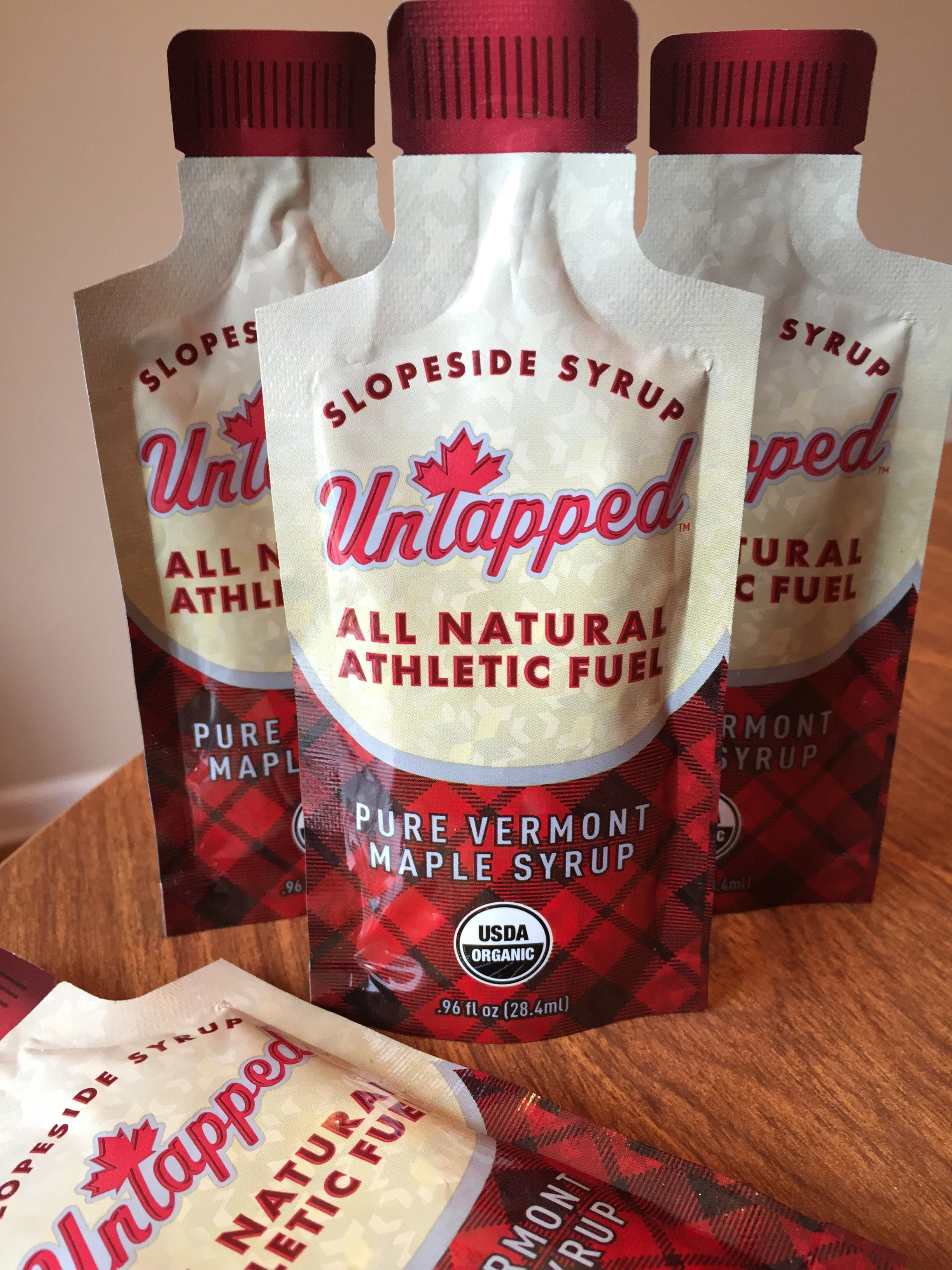Review: Endura FS260 Aerogel Mitt
(2015) I’ve not worn gloves since 2007. I was lucky to be wearing my last pair, though, as I hit the deck no more than twenty minutes after pulling the gloves out of their fancy plastic bag. They exploded on impact, no doubt saving me several agonizing days of looking after my palms with tubes and tubes of ointment. After that experience, I never really replaced those gloves and ran many races without hand protection. But a long ride changed my mind. It was the Catskills Ride – our double metric century - that pushed me to purchase gloves. I had had numbness in my hands in the latter half of the Nockamixon Century, and since we were going much farther in the Catskills, I wanted one less concern on my mind.
Enter the Endura FS260 Aerogel Mitt II.
But first, I must say that some technology on these mitts I’ve seen elsewhere. In the transitional period of ice hockey goalie pads, one company experimented with a combination of extremely light materials. The company used a foam egg carton material for lightness and impact deadening. They combined this with a synthetic mesh to allow airflow to escape on impact. It worked wonders. That is, until enough impacts or skate blades sliced through the mesh thus leaving the goaltender with a sort of whiskers situation hanging off his blocker.
I say this because the technology looks exactly like the features on the Endura Aerogel mitt’s palm. It is a feature I noticed immediately. Yet it wasn’t the blocky and bulky palm pads some other gloves have. (I do wonder if this will be an issue toward the gloves’ lifespan since the contact points are on the mesh system.) But it was a point of interest that led me to purchasing these mitts.
I sampled the size I normally use for gloves and found the Endura palms created an air pocket while gripping the bars or hoods. I did not have to adjust my hand position to align with the glove; the glove worked seamlessly to align to the bars. I sized down and found the gloves to fit snugly. There was no creasing. There was no movement in the back of the glove. Selecting gloves that are in the category of compression makes for difficult removal, but that goes without saying.
The second (and last major issue) these gloves presented was the pressure of material in the webbing of each finger. This could be from a standard break-in period, as this wasn’t noted in a follow-up ride. The variable was the follow-up ride’s distance was 1/5 in length. There are no seams between the fingers to speak of which could be promising for stretching. But for the duration of the Catskills ride the space between my fingers felt like they were being sawed little by little.
The enjoyment of the mitt came during the Catskills ride when the vibration was certainly absorbed through the mitt. Interacting with the bike’s bar was easy with the mitts. There was no obstruction or interference when moving hand positions. Whether it was placing the hands on the hoods or the drops, the glove became an afterthought which is something I feel is important. If a glove can be slipped on and forgotten about, that makes for a decent acquisition. There was also no concern about the mitts rolling about when leaned on for performance. They stayed put and that was that.
The Endura F260 Aerogel Mitt could be the comfort the all-day rider is looking for as well as the protection a criterium racer demands. The palm features are not bulbous or interfering, but they integrate nicely with hood and drop set-ups. The stretchy mesh allows for a bit of expansion when riding with them on hot days. With a fleece backing for wiping one’s nose, this mitt displays the obvious thought behind its design. The Endura F260 Aerogel Mitt is a solid consideration for many riders’ hands.





